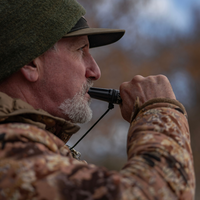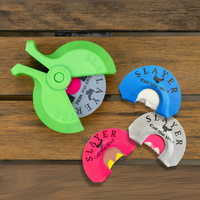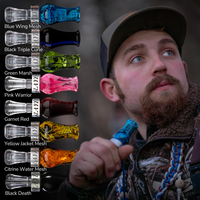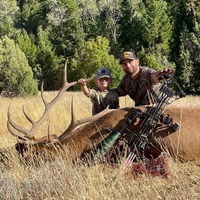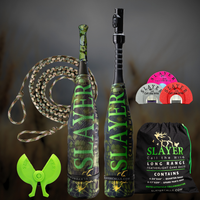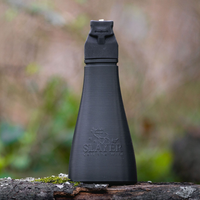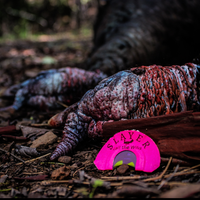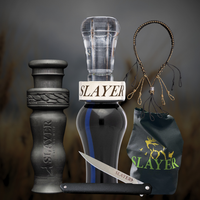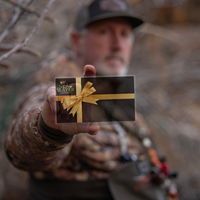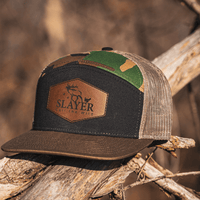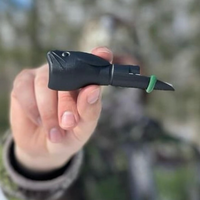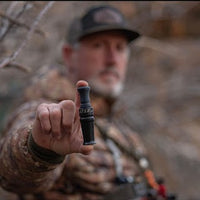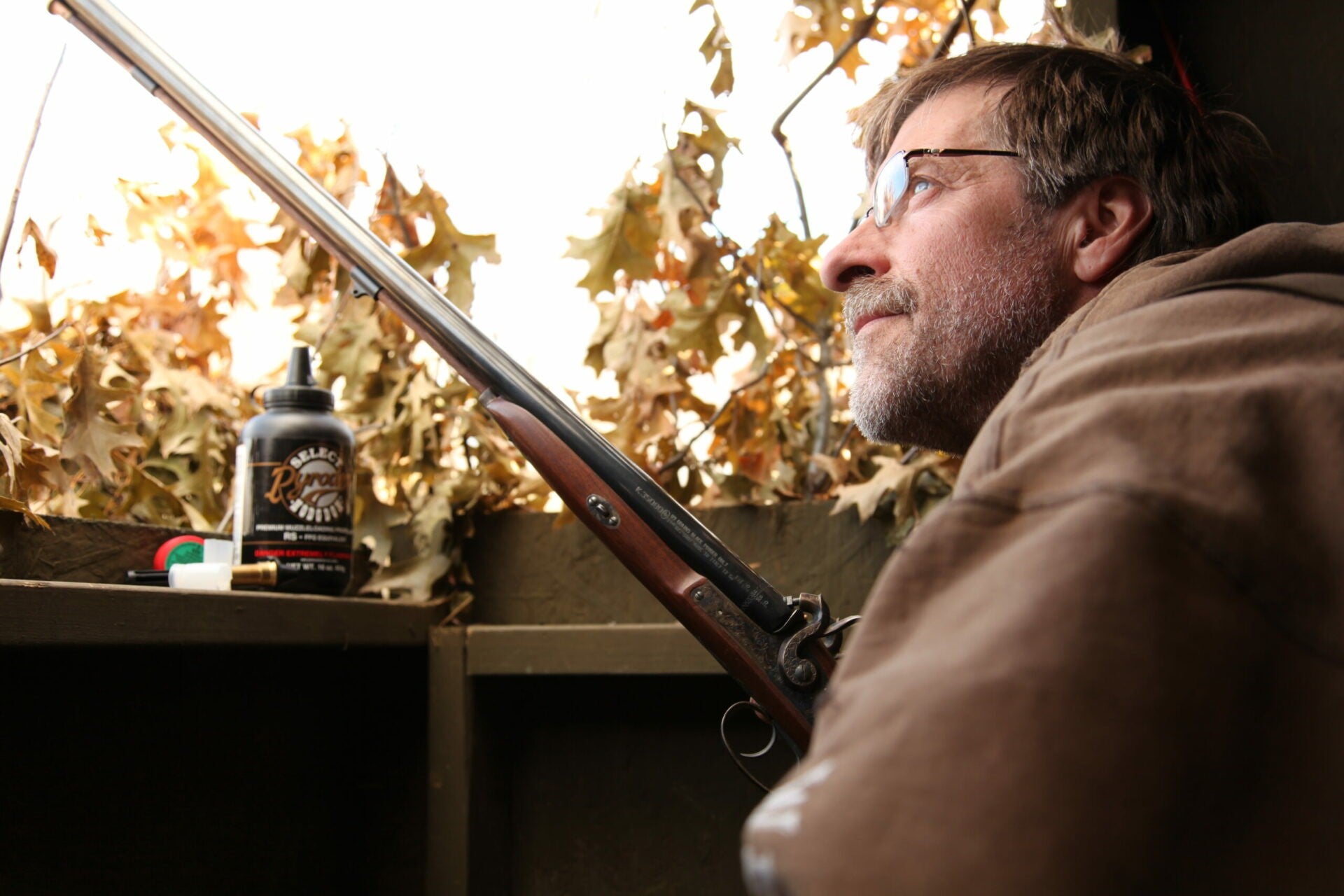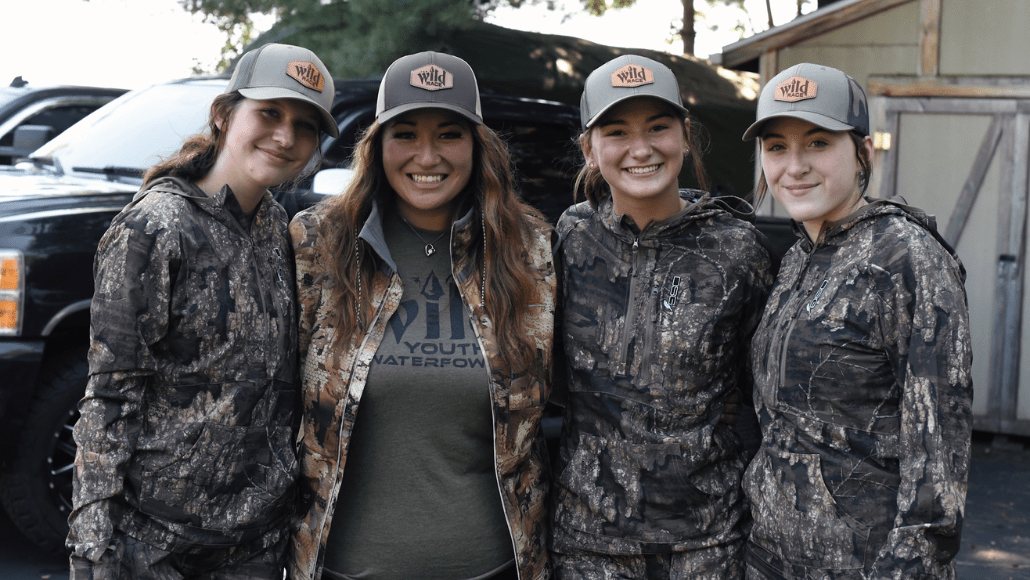Duck hunting guns explained: Why I prefer the 20-gauge shotgun
By M.D. Johnson My first bobwhite quail; my first wood duck; my first eight-bird limit of snipe; my go-to spring gobbler shotgun for the past several seasons. The common denominator tying each of these together? The 20-gauge. Ever heard of it? Veteran hunters will call this obvious, but I pose the question to press home a very important point: Overshadowed by her larger-bored brother (the 12-gauge), the little 20 is fully capable of doing anything we shotgunners ask her to do — and then some. True, the 20-gauge does have her limitations; still, and while some may disagree, the 20-gauge has earned her place in shotgunning history.Some background on the 20-gauge shotgun
Technically speaking, the 20-gauge falls between the 16- and 28-gauges in terms of size, where size relates directly to bore diameter. In the case of the 20-gauge, that bore is .615 inches. Traditionally, shotgun gauge has been determined based on the number of lead balls required to make one pound — each measuring the diameter of the weapon’s bore. Thus, one would need 20 lead balls (each .615 inches in diameter) to equal one pound. Only the .410 shotgun breaks from this rule of thumb, as its numeric designation is representative of the actual bore diameter, or caliber, of the firearm.
The 20-gauge shotgun was growing in popularity until 1991, when the U.S. Fish and Wildlife Service (USFWS) mandated the use of non-toxic shot for the purposes of waterfowling.
Traditionally, shotgun gauge has been determined based on the number of lead balls required to make one pound — each measuring the diameter of the weapon’s bore. Thus, one would need 20 lead balls (each .615 inches in diameter) to equal one pound. Only the .410 shotgun breaks from this rule of thumb, as its numeric designation is representative of the actual bore diameter, or caliber, of the firearm.
The 20-gauge shotgun was growing in popularity until 1991, when the U.S. Fish and Wildlife Service (USFWS) mandated the use of non-toxic shot for the purposes of waterfowling.
 Almost overnight, the 10-gauge, with its manhole-sized muzzles and 1-3/8-ounce capacity, leapt back into the limelight. Sadly, the 20, relegated to just a single ounce of the new steel shot, slipped into obscurity.
Fortunately, modern advancements in shotgun ammunition — most significantly, the creation of federally-approved non-toxic shotshells, improvements in propellants and radically new wad designs — have once again put the 20-gauge shotgun into contention as a legitimate waterfowling piece.
Almost overnight, the 10-gauge, with its manhole-sized muzzles and 1-3/8-ounce capacity, leapt back into the limelight. Sadly, the 20, relegated to just a single ounce of the new steel shot, slipped into obscurity.
Fortunately, modern advancements in shotgun ammunition — most significantly, the creation of federally-approved non-toxic shotshells, improvements in propellants and radically new wad designs — have once again put the 20-gauge shotgun into contention as a legitimate waterfowling piece.
The 20-gauge makes a great duck gun
It’s here where many ’fowlers will disagree with my perspective, claiming the 20, with its minimal hull capacity and comparatively small 3/4- to 1-1/4-ounce shot charges, is simply too light to qualify as a reliable waterfowl choice. And I’ll agree, but only to a point. For ducks over decoys — even big ducks such as mallards — a 20 filled with one-ounce loads of steel #2s or #3s, or better yet, one of the non-steel/non-toxics such as Hevi-Shot, will work fine. Change the species to beaver swamp wood ducks or early-season blue-winged teal, and the 20-gauge becomes even more fitting. Geese, however, present a dilemma; so, too, do tenacious sea ducks such as scoters and eiders, or those larger birds like sandhill cranes and tundra swans. Have I personally hunted these species with a 20-gauge shotgun? Yes I have, and many times. But it’s important to understand two significant factors:
Geese, however, present a dilemma; so, too, do tenacious sea ducks such as scoters and eiders, or those larger birds like sandhill cranes and tundra swans. Have I personally hunted these species with a 20-gauge shotgun? Yes I have, and many times. But it’s important to understand two significant factors:
- Shot selection as to distance is always highly conservative; that is, I’ll forgo more shot opportunities at 35 yards than I’ll take at 25.
- I’ll always opt to spend the extra money and fill my 20 with the best tungsten-based non-toxic I can find (i.e., Hevi-Shot’s Hevi-XII). True, high-tech pellets don’t negate the need for careful shot selection; however, such high-end shotshells do pump up, so to speak, the capabilities of the 20-gauge when the game, literally, gets big.
